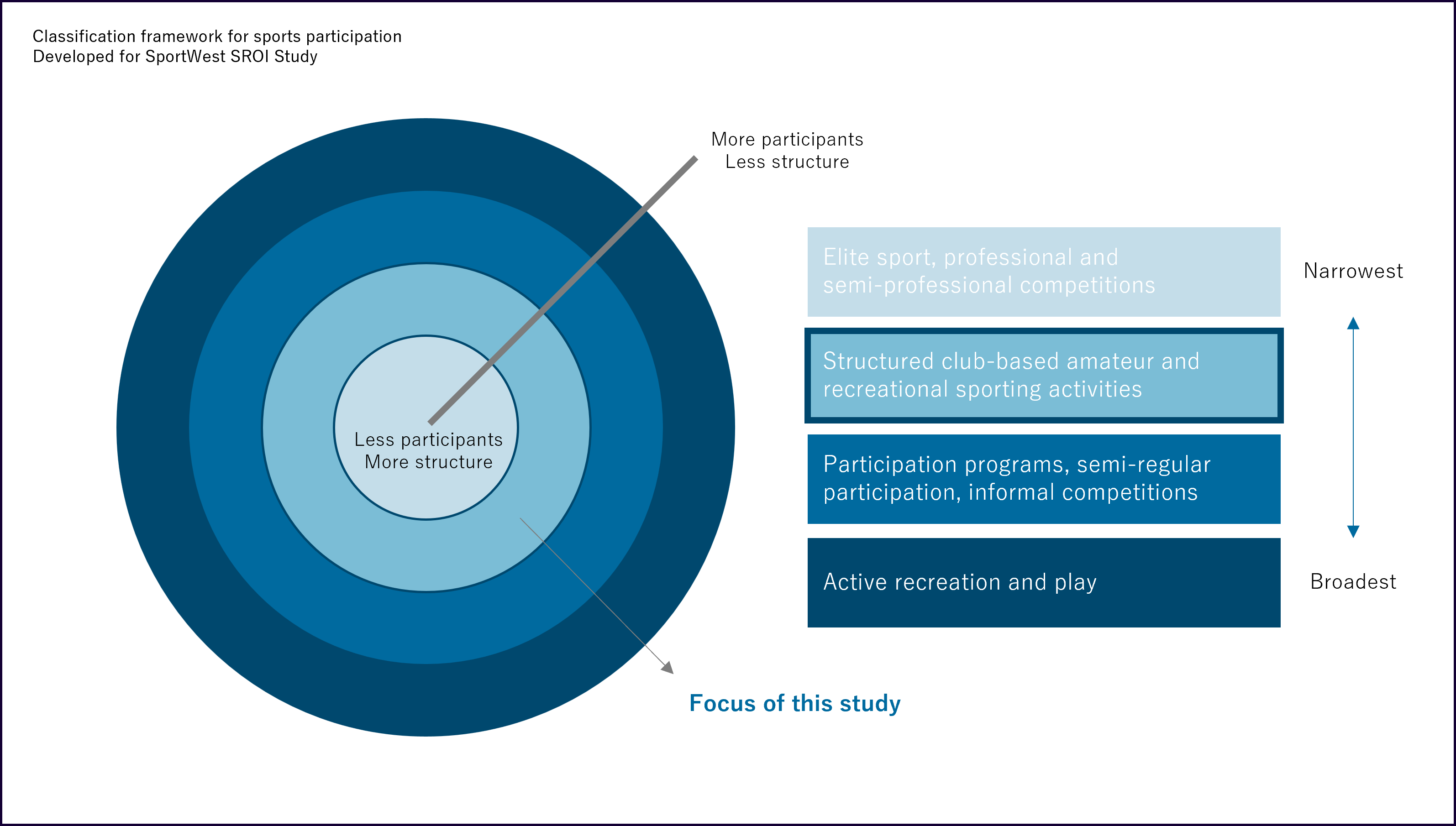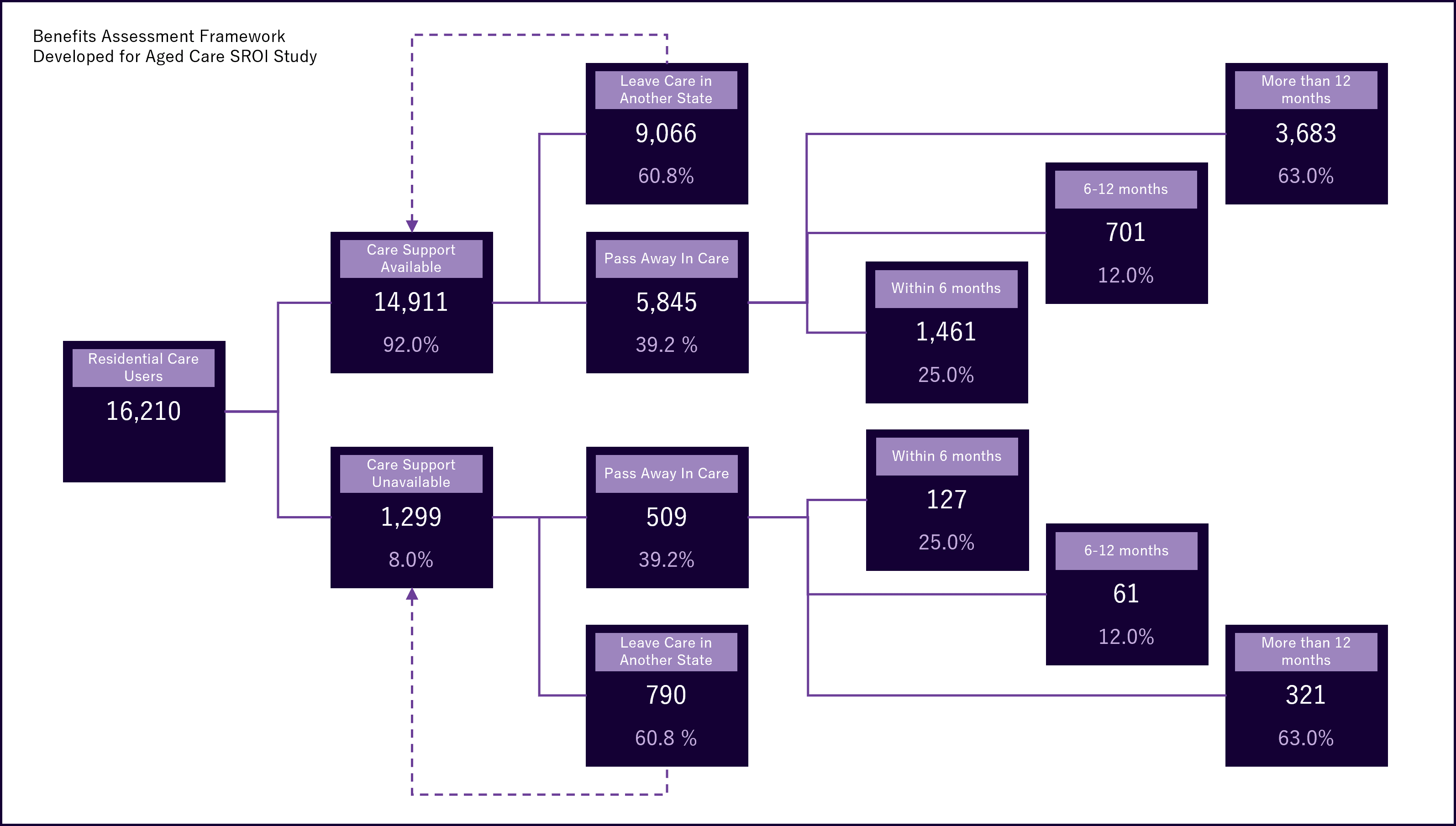SROI is a form of benefit cost assessment but one which seeks to value and quantify hard-to measure changes – benefits and costs – created by a program, a policy, investment or entity. It is a particularly useful form of analysis for not-for-profit or mission-based organisations, which seek to foster positive social change but have benefits which are difficult to measure in traditional financial means. SROI involves development of an overarching impact framework, which articulates how the activities of the program, policy, investment or entity contribute to changes experienced by the stakeholders they impact.
A typical SROI study initially involves the determination of the changes fostered by the program, policy, investment or entity, and then undertaking a structured approach to determining whether the identified benefits can be converted into financial terms for the purposes of valuation. When benefits cannot be quantified, the SROI framework is used to describe them qualitatively and support them with the use of examples or case studies. The output of a SROI exercise is similar to a benefit cost assessment, in that benefits are presented in a ratio relative to costs. However, in SROI the value of non-financial inputs, which are principally volunteer hours contributed to deliver outputs, are also considered as part of the costs of the program, policy, investment or entity. An overall “SROI ratio” demonstrates the unit benefits achieved for every dollar of investment society has made in the delivery of the program, policy, investment or entity.
Some examples of SROI frameworks we have developed are provided below




SROI is a form of benefit cost assessment but one which seeks to value and quantify hard-to measure changes – benefits and costs – created by a program, a policy, investment or entity. It is a particularly useful form of analysis for not-for-profit or mission-based organisations, which seek to foster positive social change but have benefits which are difficult to measure in traditional financial means. SROI involves development of an overarching impact framework, which articulates how the activities of the program, policy, investment or entity contribute to changes experienced by the stakeholders they impact.
A typical SROI study initially involves the determination of the changes fostered by the program, policy, investment or entity, and then undertaking a structured approach to determining whether the identified benefits can be converted into financial terms for the purposes of valuation. When benefits cannot be quantified, the SROI framework is used to describe them qualitatively and support them with the use of examples or case studies. The output of a SROI exercise is similar to a benefit cost assessment, in that benefits are presented in a ratio relative to costs. However, in SROI the value of non-financial inputs, which are principally volunteer hours contributed to deliver outputs, are also considered as part of the costs of the program, policy, investment or entity. An overall “SROI ratio” demonstrates the unit benefits achieved for every dollar of investment society has made in the delivery of the program, policy, investment or entity.
Some examples of SROI frameworks we have developed are provided below